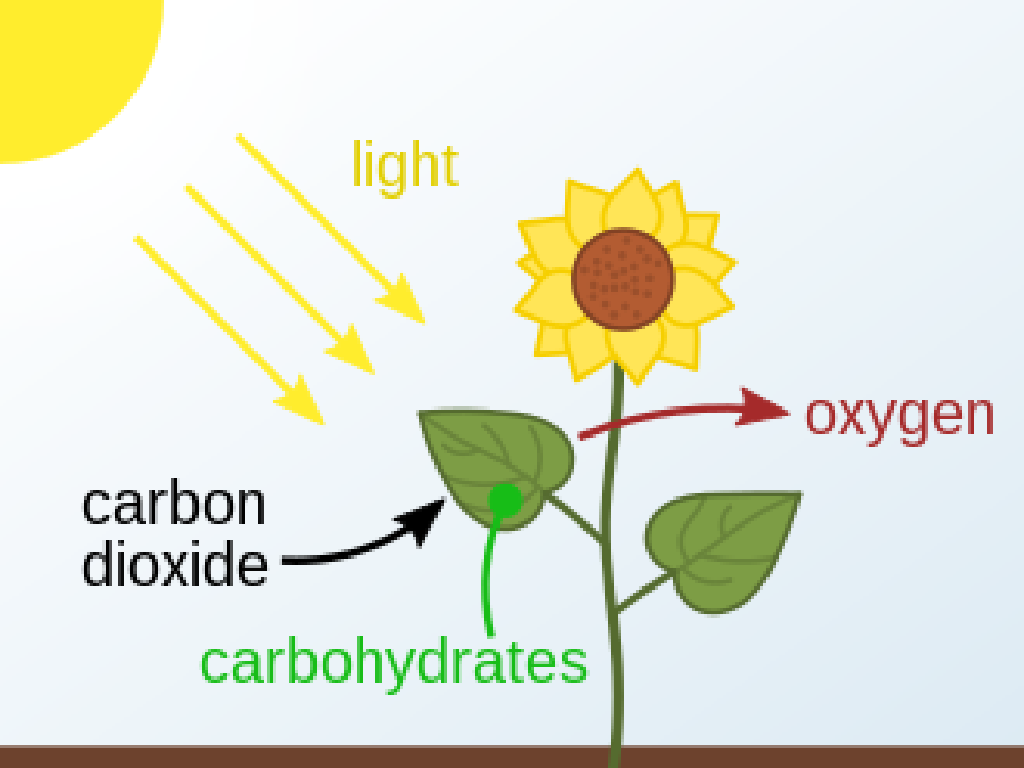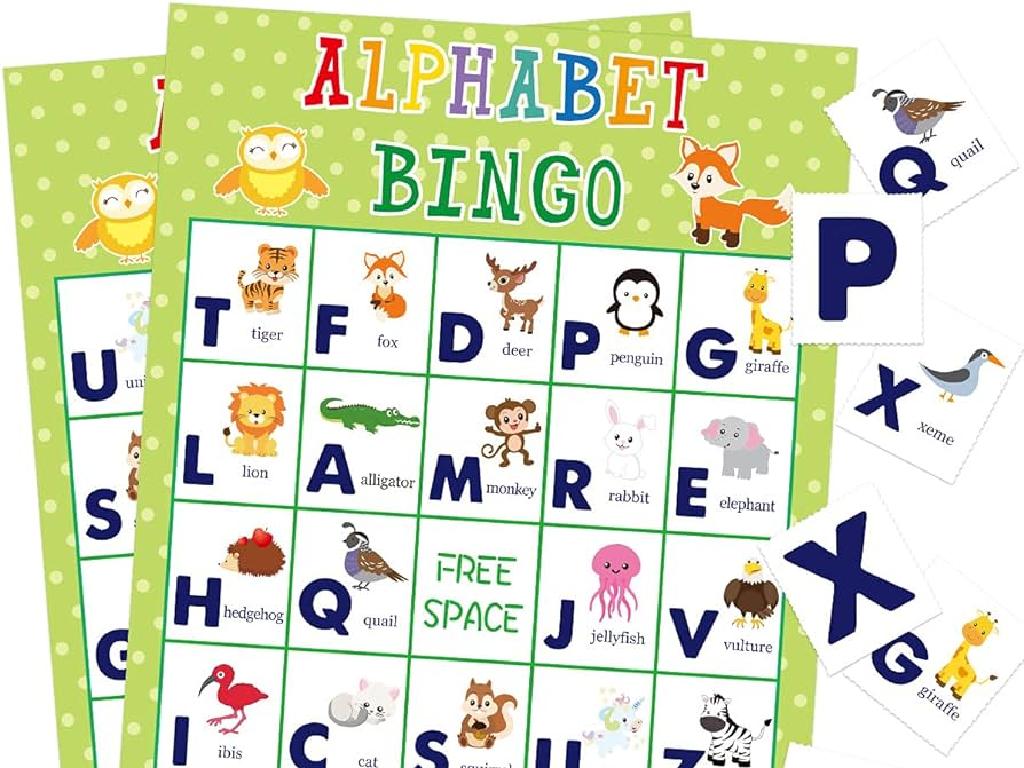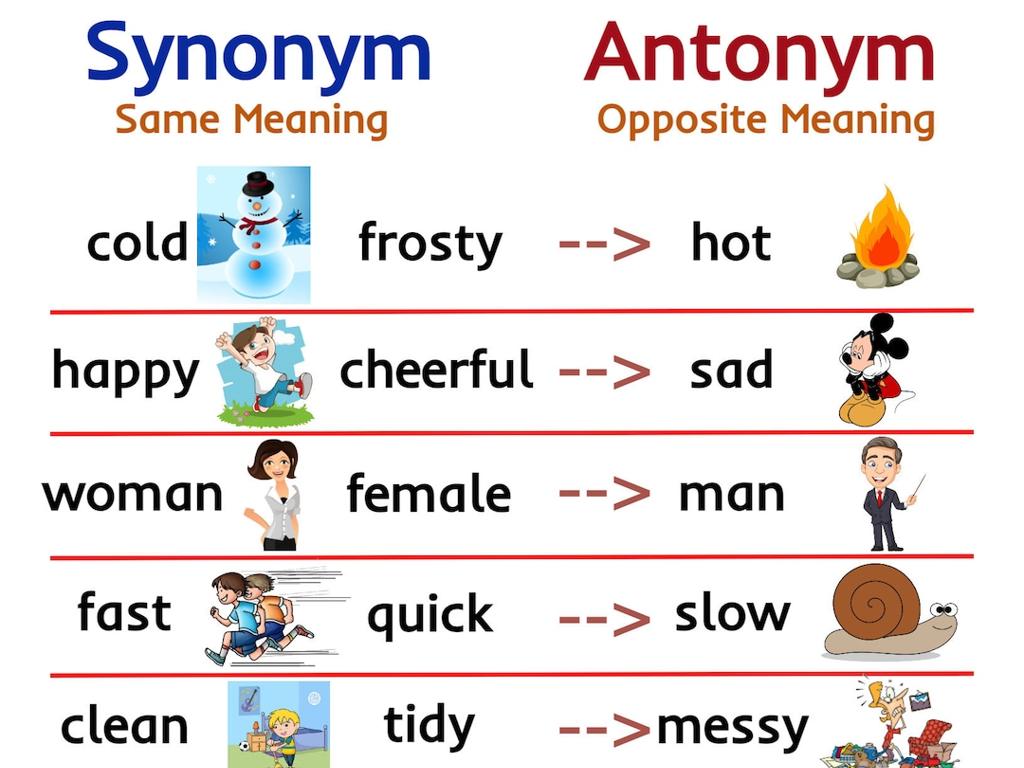Identify Linking Verbs, Predicate Adjectives, And Predicate Nouns
Subject: Language arts
Grade: Sixth grade
Topic: Verb Types
Please LOG IN to download the presentation. Access is available to registered users only.
View More Content
Exploring Verb Types: Linking Verbs and Predicates
– What are linking verbs?
– Linking verbs connect the subject to a subject complement, like ‘am’, ‘is’, ‘are’.
– Predicate adjectives explained
– Predicate adjectives describe the subject and follow a linking verb, e.g., ‘The sky is blue’.
– Predicate nouns unveiled
– Predicate nouns rename the subject and also follow linking verbs, e.g., ‘She is a teacher’.
– Significance of sentence parts
– Understanding sentence parts helps in mastering grammar and improving writing skills.
|
This slide introduces the concept of linking verbs and how they relate to predicate adjectives and nouns. Linking verbs do not show action but instead connect the subject of the sentence to additional information. Predicate adjectives and nouns provide that information by describing or renaming the subject, respectively. Grasping these concepts is crucial for students as it lays the foundation for strong grammatical skills, which are essential for effective communication. Encourage students to practice by identifying linking verbs, predicate adjectives, and predicate nouns in sentences. Provide examples and create exercises where students can apply these concepts.
Exploring Verbs: Beyond Action
– Verbs: Not just action words
– Some verbs describe a state
– Verbs like ‘seem’, ‘become’, ‘is’ show states of being, not actions
– Linking verbs connect subjects
– Linking verbs join subjects to additional details
– Linking verbs give more info
– They don’t show action but link to adjectives or nouns that describe the subject
|
Begin with a quick review of verbs as action words, then introduce the concept that not all verbs are about action; some describe a state of being or serve to connect the subject to additional information. Explain that linking verbs, such as ‘am’, ‘is’, ‘are’, ‘was’, and ‘were’, do not show action but instead link the subject of a sentence to a predicate adjective or noun that describes or renames it. Provide examples to illustrate this, such as ‘The sky is blue’ (where ‘is’ links ‘sky’ to ‘blue’, a predicate adjective) and ‘He became a doctor’ (where ‘became’ links ‘He’ to ‘doctor’, a predicate noun). Emphasize the importance of understanding these verbs to grasp how sentences are constructed and to enhance descriptive writing.
Exploring Linking Verbs
– Linking verbs don’t show action
– They connect subject to complement
– Like a bridge, they link the subject to additional information
– Examples: am, is, are, was, were
– ‘I am happy,’ ‘She was a teacher’ – ‘am’ and ‘was’ link subjects to states
– ‘Seem’ and ‘become’ as linkers
– ‘They seem tired,’ ‘He becomes a doctor’ – verbs relate subjects to conditions
|
This slide introduces the concept of linking verbs to the students. Linking verbs are different from action verbs as they do not show any action. Instead, they serve the purpose of connecting the subject of a sentence to a subject complement, which can be a noun or an adjective that describes or renames the subject. Common examples include ‘am,’ ‘is,’ ‘are,’ ‘was,’ and ‘were.’ It’s also important to note that verbs like ‘seem’ and ‘become’ act as linking verbs. Use sentences like ‘The sky is blue’ or ‘The dogs were noisy’ to illustrate how the linking verb connects the subject to an adjective or noun that provides more information about the subject. Encourage students to identify linking verbs in sentences and understand their role in the structure of a sentence.
Understanding Predicate Nouns
– Predicate nouns follow linking verbs
– It’s like giving the subject a new name
– They rename the subject of the sentence
– It tells more about the subject
– Example: My brother is a ‘doctor’
– ‘Doctor’ is the new name for ‘brother’ in this sentence
|
This slide introduces the concept of predicate nouns to the students. A predicate noun is a grammatical term that follows a linking verb and renames the subject of the sentence, providing more information about it. It’s important for students to understand that the predicate noun is always connected to the subject by a linking verb, such as ‘is,’ ‘are,’ ‘was,’ or ‘were.’ The example given, ‘My brother is a doctor,’ illustrates how ‘doctor’ serves as the predicate noun, giving a new name or identity to ‘brother.’ Encourage students to find more examples in their reading or create sentences that use predicate nouns. This will help solidify their understanding of how predicate nouns function within a sentence structure.
Understanding Predicate Adjectives
– Predicate adjectives describe the subject
– It’s an adjective connected to the subject by a linking verb
– Follows a linking verb
– Linking verbs can be forms of ‘to be’, ‘seem’, ‘become’, etc.
– Provides more information on subject
– They tell us about the subject’s qualities, state, or condition
– Example: ‘The flowers smell fragrant.’
– ‘Fragrant’ is the predicate adjective describing ‘flowers’
|
This slide introduces the concept of predicate adjectives to the students. Predicate adjectives are adjectives that follow a linking verb and are used to describe the subject of a sentence. They provide additional information about the subject’s qualities or state. For example, in the sentence ‘The flowers smell fragrant,’ the word ‘fragrant’ is a predicate adjective that describes the noun ‘flowers.’ It is important to show students how the linking verb connects the subject with the word that describes it, and to provide them with more examples to solidify their understanding. Encourage students to create their own sentences using predicate adjectives to enhance their grasp of the concept.
Identifying Linking Verbs
– Finding linking verbs in sentences
– Linking verbs connect the subject to more information
– The ‘is’ or ‘are’ replacement test
– If ‘is’ or ‘are’ fits without changing the meaning, it’s a linking verb
– Practice with class examples
– We’ll work through examples as a class to identify linking verbs
– Understanding linking verbs’ role
|
This slide introduces the concept of linking verbs to the students. Start by explaining that linking verbs do not show action but instead connect the subject of the sentence to additional information about the subject. To identify them, students can use the ‘is’ or ‘are’ test, where they replace the verb in question with ‘is’ or ‘are’. If the sentence still makes sense, the verb is likely a linking verb. Provide clear examples and practice sentences for the class to work through together, reinforcing the concept. Emphasize that understanding linking verbs is crucial for identifying other parts of the sentence, such as predicate nouns and adjectives.
Practice: Predicate Nouns and Adjectives
– Understanding predicate nouns
– Predicate nouns rename the subject, e.g., ‘The sky is a canvas.’
– Exploring predicate adjectives
– Predicate adjectives describe the subject, e.g., ‘The apple is red.’
– Class examples for clarity
– Engage with practice sentences
– Try identifying predicate nouns and adjectives in given sentences.
|
This slide is aimed at practicing the identification of predicate nouns and adjectives. Start by revisiting the definitions of predicate nouns and adjectives. Predicate nouns, also known as predicate nominatives, rename the subject and are connected by a linking verb. Predicate adjectives also follow a linking verb and describe the subject. Use clear examples to illustrate both concepts. Engage the class with a few examples, working through them together. Then, provide sentences for students to practice on their own or in small groups. Encourage participation and discuss the answers as a class to ensure understanding. This activity will help solidify the students’ grasp of how predicate nouns and adjectives function within a sentence.
Class Activity: Crafting Sentences with Linking Verbs
– Pair up and write five sentences
– Use linking verbs in each sentence
– Linking verbs connect the subject to more information
– Underline predicate nouns and adjectives
– Predicate nouns/adjectives follow linking verbs and describe the subject
– Prepare to share with the class
|
This activity is designed to reinforce the students’ understanding of linking verbs, predicate nouns, and predicate adjectives. Students will work in pairs to create sentences, which encourages collaboration and peer learning. As they write, they should focus on using linking verbs such as ‘is’, ‘are’, ‘seems’, or ‘becomes’ to connect the subject of the sentence to additional information, which can be a predicate noun or adjective. Predicate nouns rename the subject, while predicate adjectives describe the subject. After writing, students will underline the predicate nouns and adjectives to visually separate them from the rest of the sentence. This exercise will help students identify how different parts of speech function within a sentence. Encourage creativity and sharing to make the activity engaging. Possible activities for different pairs could include creating sentences based on personal experiences, favorite books, or historical events.
Conclusion & Homework: Exploring Linking Verbs and Predicates
– Review: Linking verbs connect subjects to details
– Homework: Find examples in reading material
– Look for linking verbs and how they connect subjects to additional information in sentences.
– Focus on predicate nouns and adjectives
– Predicate nouns and adjectives give more information about the subject, find them too.
– Share your discoveries tomorrow
|
Today’s lesson focused on identifying linking verbs, predicate nouns, and predicate adjectives. For homework, students are tasked with finding real-life examples of these elements in a book or article. This exercise will help reinforce their understanding by applying the concepts to material they read. Encourage them to note the sentences where they find linking verbs and predicates and to think about how these grammatical structures add meaning to the text. Tomorrow, we will have a discussion where students will share their findings, allowing them to learn from each other’s examples and further solidify their grasp of the topic.





